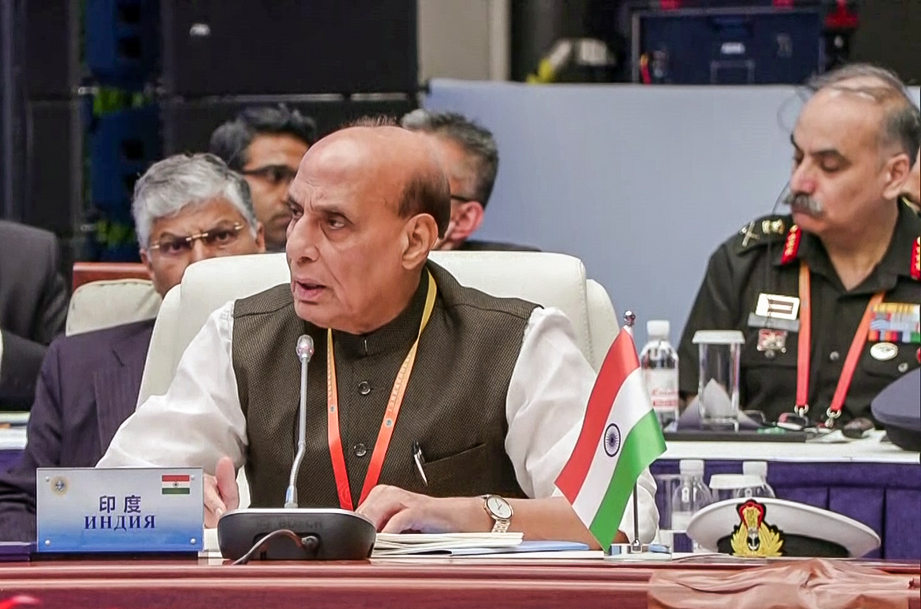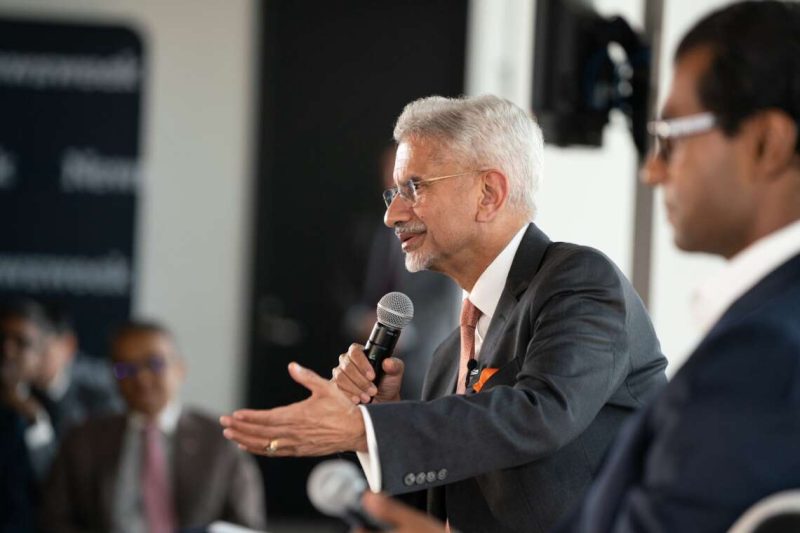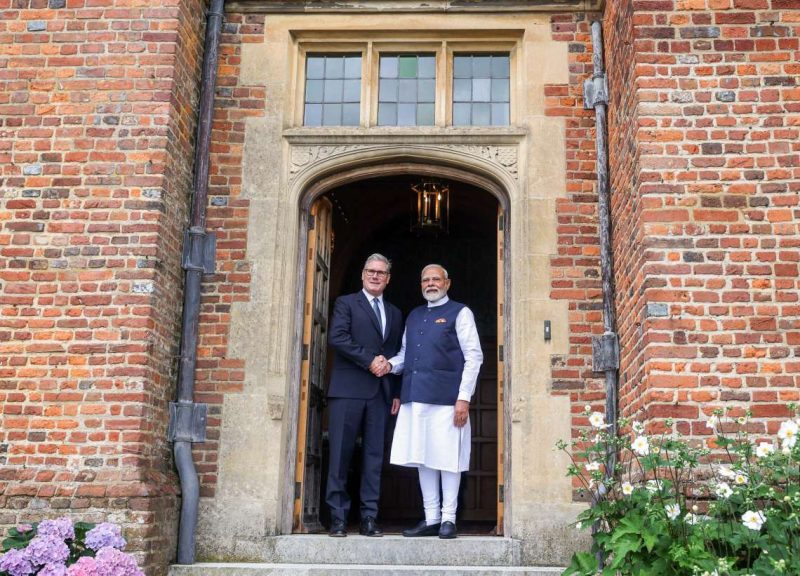This is 38.3 per cent more than the Rs 4.7 lakh crore debt it inherited when it took over in 2017….reports Asian Lite News
The Yogi Adityanath government in Uttar Pradesh has been borrowing so heavily from the market that its total outstanding debt has shot up by almost 39 per cent in five years.
However, spending on education declined while spending on health increased only marginally during this period.
What is even more surprising is the fact that in four out of five years, the state government was unable to spend even the full budgeted amount, leading to a revenue surplus.
The full support given to the Yogi Adityanath government by the Narendra Modi government — the so-called ‘double engine’ advantage — also does not seem to have helped, either in terms of finances or in planning.
According to the latest data available with the Reserve Bank of India, which compiles state government finances, the UP government has outstanding liabilities worth as much as Rs 6.5 lakh crore, as estimated in the state Budget for 2021-22.

This is 38.3 per cent more than the Rs 4.7 lakh crore debt it inherited when it took over in 2017.
The bulk of this debt mountain is owed to financial institutions, such as banks. These are called market borrowings and are taken at hefty rates of interest.
According to sources in the state finance department, a report by the Comptroller and Auditor General (CAG) on UP government’s finances, released last month, pointed out that of the total public debt at the end of 2019-20, Rs 1.99 lakh crore (or 47.7 per cent of the total) would be payable after seven years.
The CAG report referred to earlier made a shocking revelation.
The state government transferred a princely sum of Rs 71,000 crore from a sinking fund illegitimately to its “non-tax revenue” head in its books in March 2020. By rules, this should have been invested elsewhere.
The CAG roundly criticised this brazen violation, recommending that “the transfers out of the fund (Sinking Fund) are not to be treated as Revenue Receipts and the amount equivalent to loan repaid should be transferred from Sinking Fund to Major Head 8680 (Miscellaneous Government Account) on redemption of debt”.
The effect of this ‘creative’ book-keeping was that revenue receipts were boosted in the books only, there was no cash actually transferred. This is what caused the next year’s revenue surplus.
It is a common feature for some states to end the year with huge unspent amounts from their budgetary allocations. Poor and backward states are particularly prone to this aberrant thinking. And UP is no exception.
Under Chief Minister Yogi Adityanath’s leadership, four of the five years have seen a revenue surplus adding up to a huge Rs 1.32 lakh crore.
The figure given for 2021-22 is just estimated, presented in the Budget, and the actual amount may be larger. The deficit would have been even bigger but for the illegitimate transfer of sinking fund money to non-tax revenue accounts.
The year 2020-21 was the first year of the Covid pandemic and some extra spending took place. So, the state government ended up actually spending all of its allocated funds, running a small deficit of Rs 13,161 crore.

Despite borrowing Rs 1.8 lakh crore in five years, the state government has ended its term with an accumulated revenue surplus, i.e., unspent funds of Rs 1.32 lakh crore, which indicates bad planning.
Sources said that spending on two crucial sectors – education and health – was important but as a proportion of total revenue expenditure, the share spent on education declined from about 14.8 per cent in 2017-18 to 12.5 per cent in the budget estimates (BE) for the current financial year.
In 2020-21, when students of the state were struggling to keep up with their studies during the pandemic with schools/colleges and hostels closed and online mode was the dominant way of teaching, the state government saved a lot of money when actually more spending was needed to compensate for academic losses being suffered by the students.
In fact, teachers were not paid salaries, staff were denied wages, and mid-day meals were stopped.
Now, with the crucial Assembly elections looming, the government is busy distributing smartphones and tablets.
Even more disturbing is the minuscule increase in the share of health expenditure in total revenue expenditure — from 5.3 per cent in 2017-18 to 5.9 per cent in 2021-22 (BE) — at a time when the pandemic was at its peak.
Reports based on official data show that the healthcare system in UP remained inadequate to deal with the pandemic. All this would have been avoided if more funds had been allocated and applied by the state government.














